
Nosara could have a new National Wildlife Refuge (Spanish acronym: RNVS) to protect the district’s forested areas and water table. The Nosara Civic Association (NCA) presented the request to the National System of Conservation Areas (Spanish acronym: SINAC) to convert 247 hectares (610 acres) of its property into that protected area category.
This would be the first private Wildlife Refuge in Nosara. It would join the three currently owned by the Tempisque Conservation Area (ACT): Hacienda El Viejo located in Carrillo, Bosque Escondido located in Pilas de Canjel in Lepanto, and La Ceiba in Cóbano. Additionally, there are 11 other state and mixed (public-private) reserves within the ACT.
The areas that the NCA plans to convert into a refuge are distributed around Guiones, Huacas, Pelada, Calle de Mar and Arenales, according to Heiner Acevedo, forestry engineer and NCA advisor. In addition, the Sube y Baja, Pelada and Guiones creeks cross through them.
The project would start with only 60 hectares (148 acres) and the remaining 187 would be added in other stages, explained NCA’s director, Marco Villegas, since they are currently resolving land registration problems that prevent them from integrating them all at once.
Most of the land would remain intact
The NCA presented the management plan proposal to SINAC in September and is awaiting its approval, but they expect it to take up to a year. The proposal details the degree of intervention that can be carried out in each part of the protected area. There are four categories: no or minimal intervention, low intervention, medium intervention and high intervention.
According to the management plan, 95% of the hectares (236, which is equivalent to 583 acres) will have no or little intervention once they are set aside for conservation, ecological restoration and scientific research. On the land being considered for medium and high intervention, they would develop ecotourism projects, recreational activities, construction and other uses to be agreed upon with SINAC.
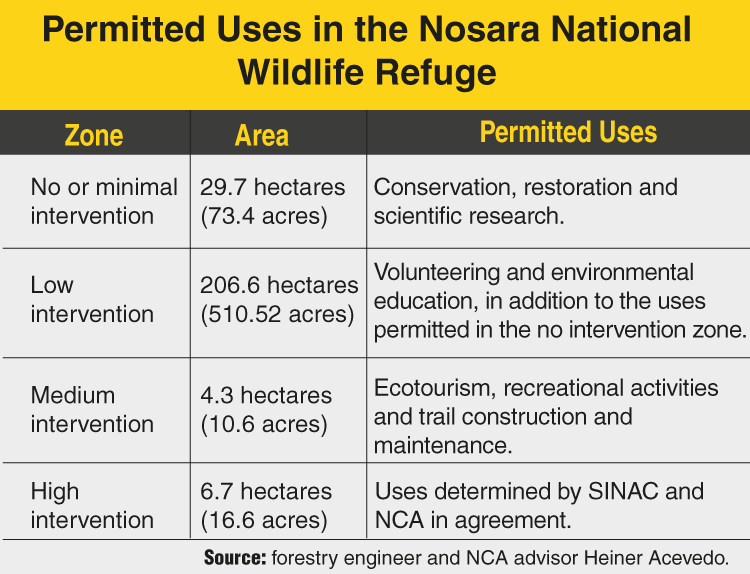
The high intervention area already has a rescue center, a recycling center and the association offices…. There are some other [high intervention] areas that have also been mapped as possible community infrastructure [locations],” Villegas explained.
A Private Refuge
The new refuge would be private. This means that the association will continue to be responsible for the land’s maintenance, but its conservation will be done in coordination with SINAC.
Although the refuge is private, the natural resources within the territory are controlled and regulated by SINAC, according to article 82 of the Wildlife Conservation Law.
According to the head of SINAC’s conservation and sustainable use department, Henry Ramírez, when there are private refuges, SINAC is responsible for supervising and performing inspections to monitor compliance with the management plan.
Ramírez also specified that the NCA could count on the institution to address complaints of invasion of the protected area.
If they see an anomaly, they can’t act as a police authority…. So they are accompanied by SINAC because these uniformed officials can confiscate items, they can hold suspects prisoner and they can operate with the Public Ministry,” he explained.
Private Areas for Protection
The other private refuge in the province is Hacienda El Viejo, in Carrillo, created in 2009. It has an area of 1,138 hectares (2,812 acres) and 18% of the territory is set aside for the restoration of the La Bolsa wetland, as indicated in decree No. 35492-MINAET, which created it.
According to the administrator of the Hacienda El Viejo refuge, Pablo Carillo, the protected area allowed them to restore the wetland. “If it weren’t for the refuge, perhaps the land would be used for cattle ranching and the wetland would have been lost,” he commented.
“In the first year of restoration (2009), we recorded 24 species of birds…. Currently throughout the year, on average, up to 55 species can be seen,” he affirmed.


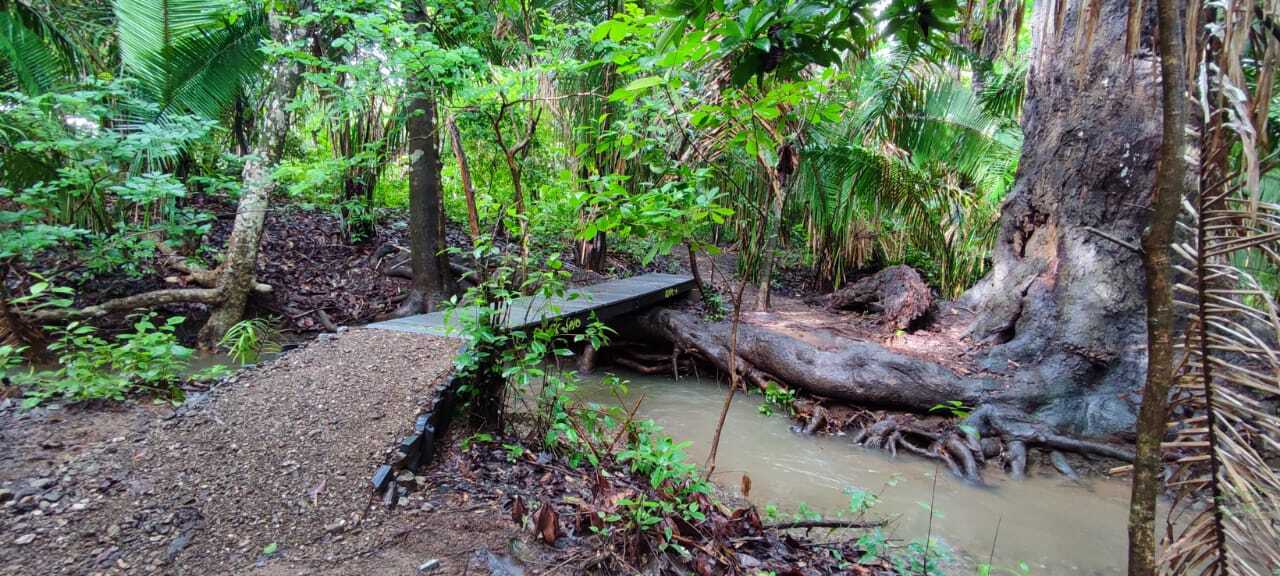
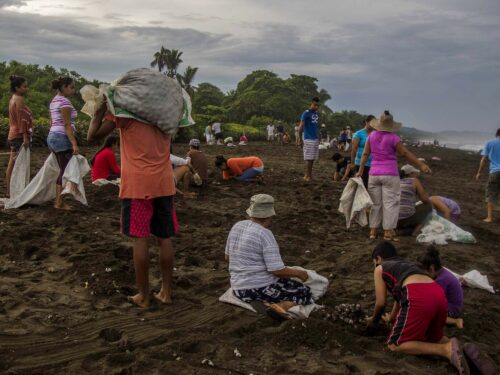
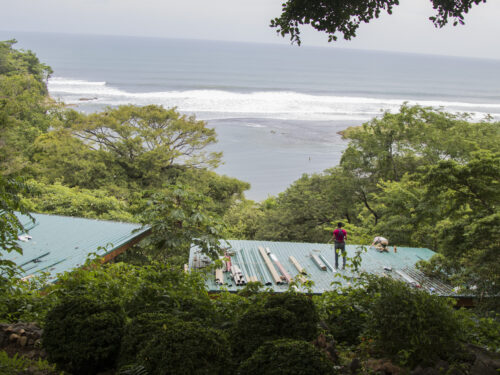
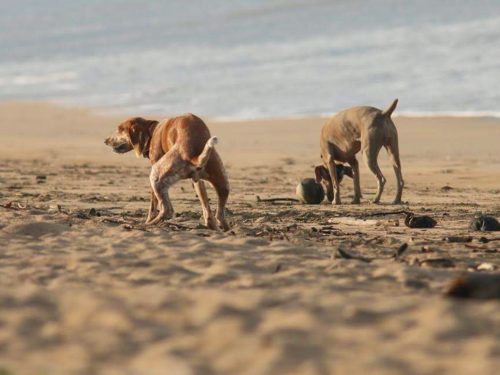

Comments